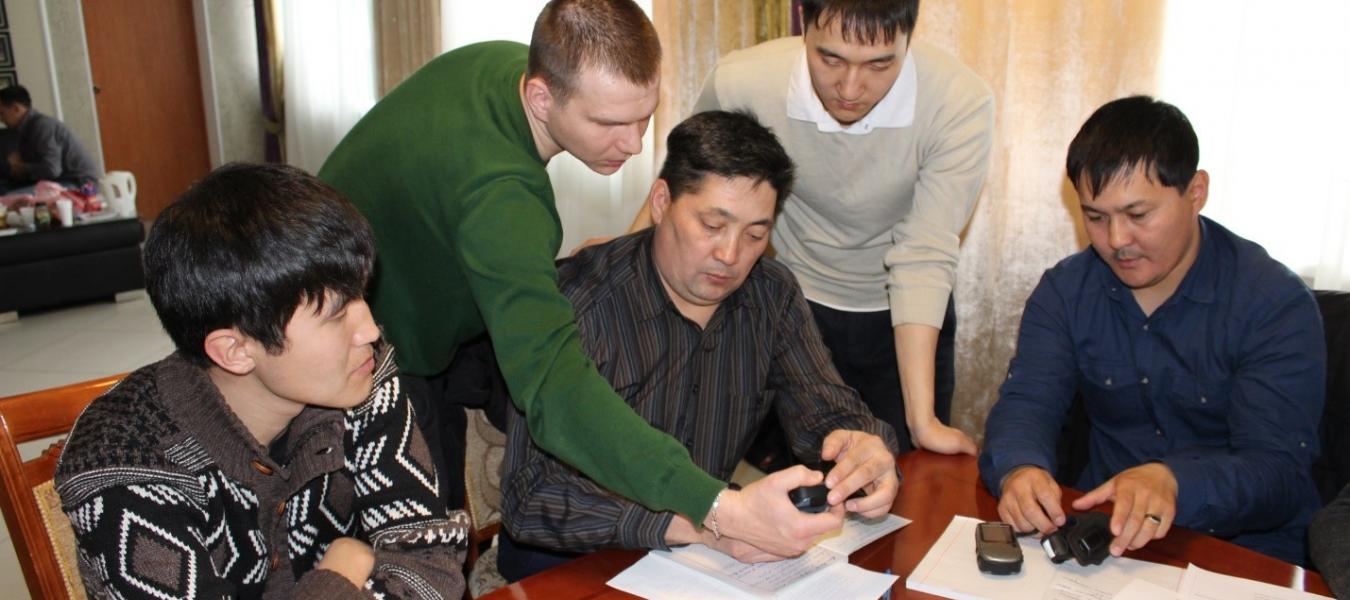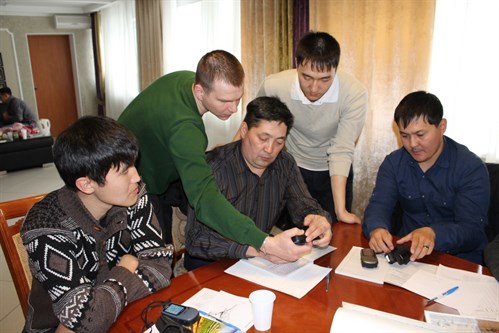
A specialist team formed in Kazakhstan to study and conserve the Ustyurt saiga
Alyona Krivosheyeva, Association for the Conservation of Biodiversity of Kazakhstan, alyona.krivosheyeva@acbk.kz
Currently, the Ustyurt population of saigas is the smallest and therefore the most vulnerable in the world. This encouraged the Association for the Conservation of Biodiversity of Kazakhstan to form a Saiga Monitoring and Conservation Team to work on the Ustyurt Plateau, as part of the Altyn Dala Conservation Initiative. For the next three years, the team will work on three principal topics: monitoring Ustyurt's saigas (detecting calving areas, collecting data on sex and age composition, assessing the animals' health, analysing threats and so on); raising local people's ecological knowledge and education; assisting governmental organisations in poaching control. To ensure success, ACBK has signed cooperation agreements with Okhotzooprom and the Aktyubinsk regional forestry and wildlife inspectorate.

The team consists of five people, each of whom has a particular responsibility. They have been trained in saiga monitoring and conservation and provided with the necessary equipment, such as cars, cameras, GPS and other things. The project was sponsored largely by Fauna and Flora International (FFI).
